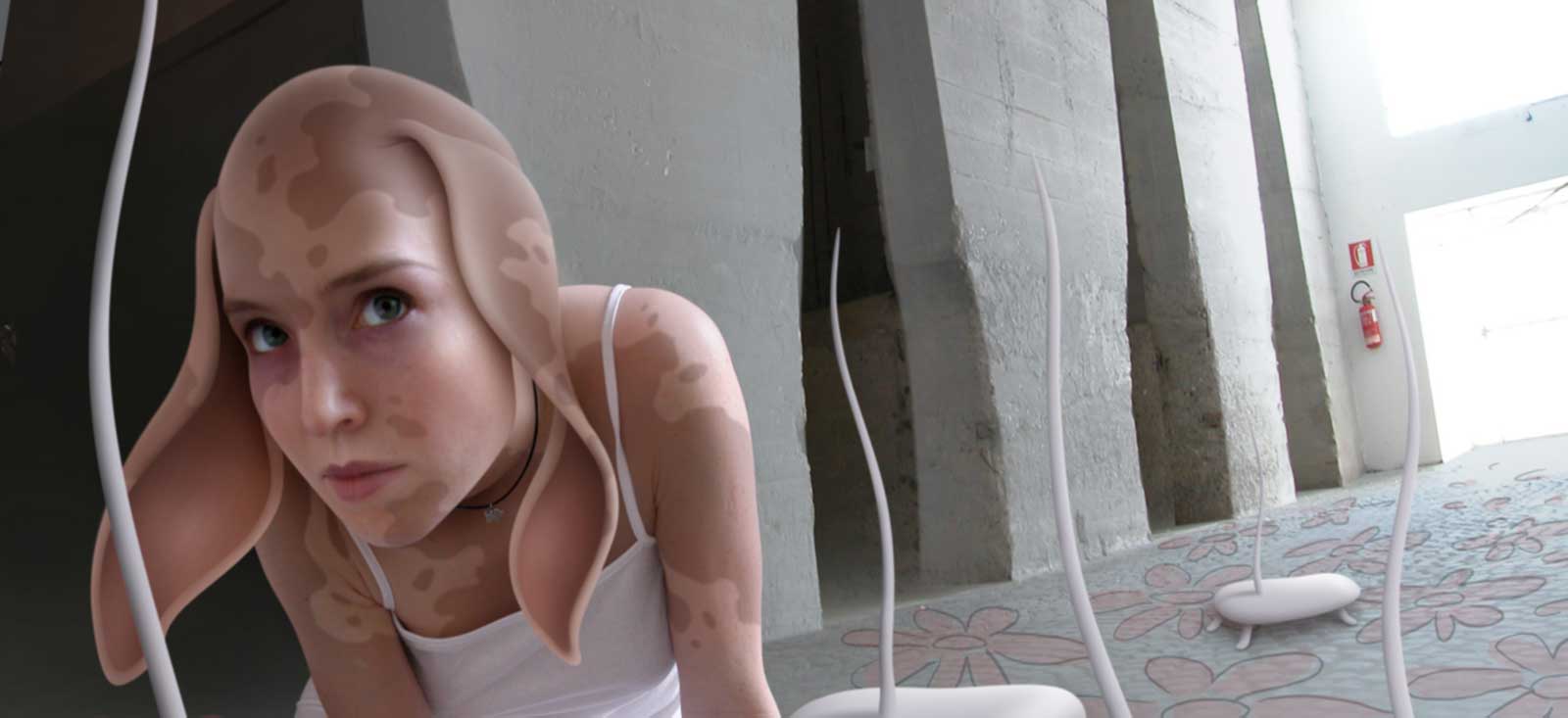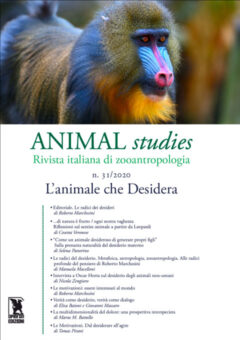L’ecosistema in noi
12 February 2024
di Francesco Boer, Andrea Pilloni Questo libro prende spunto da una semplice domanda: che cos’è un ecosistema? La più classica...
Read More


Preliminary data from horses also show that human body odors collected under fear and happiness conditions activate the autonomic nervous system of horses differentially. These studies indicate the possibility of a road to open our understanding of inter-species emotional communication via chemosignals.

HumAnimUS: Studies in Zooanthropology is an English-speaking journal born out of the assumption that the human-animal divide is a concept of the past. As suggested by the word ‘zoo-anthropology’, we are zōon (animals and living beings in Greek) before being anthropos, i.e., humans. We belong to the animal kingdom along with the rest of the living species, from mammals to fish, sharing common ancestry and evolutionary roots.